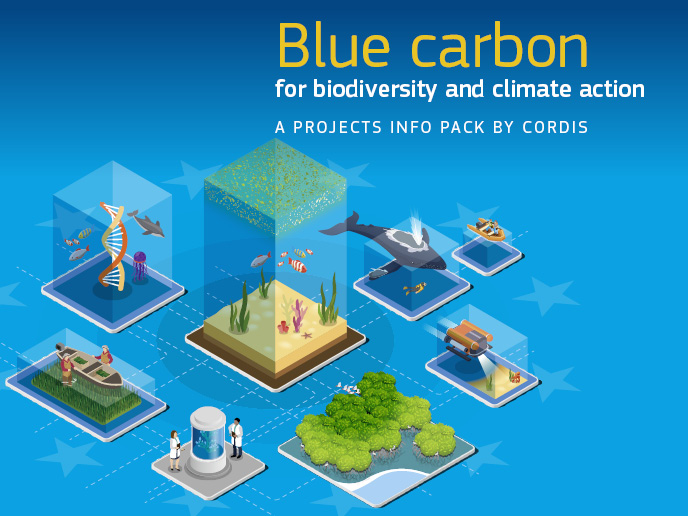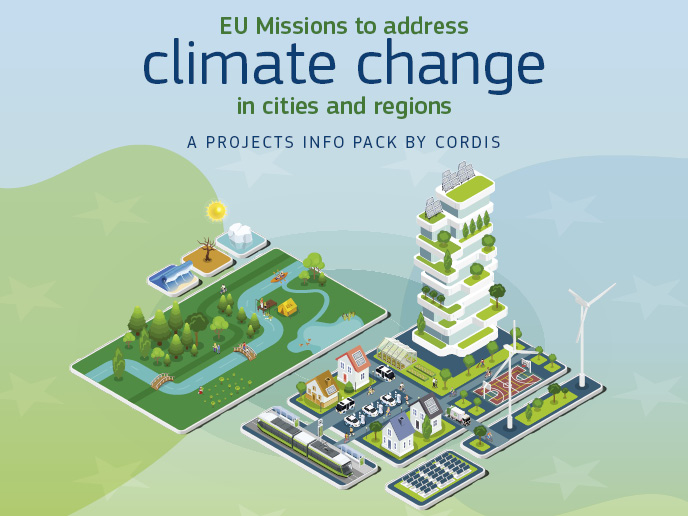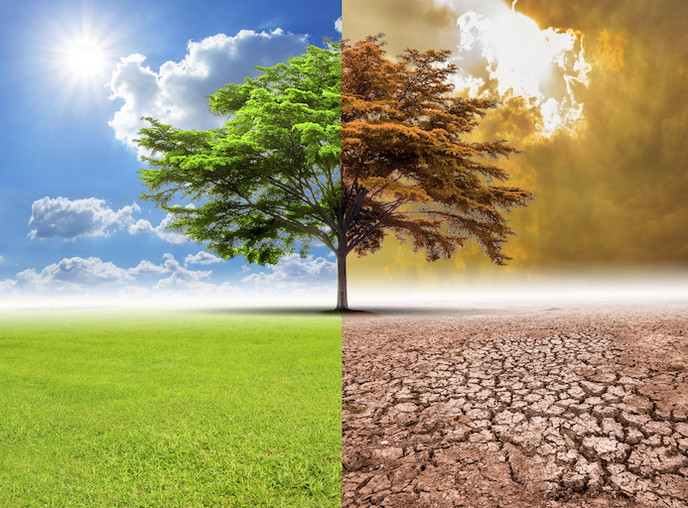Climate change and terrestrial carbon cycles
The aim of 'The terrestrial carbon cycle under climate variability and extremes - a Pan-European synthesis' (CARBO-EXTREME)(s’ouvre dans une nouvelle fenêtre) project was to fill the knowledge gap regarding European terrestrial carbon cycle responses to climate change and extreme weather events. Researchers combined a range of observations of how ecosystems respond to climate extremes and used computer models to create a new model–data integration framework. The framework was used to improve understanding of climate–carbon interactions over different timescales. Project partners integrated carbon cycle data from soil process studies and a network of established ecosystem experiments and long-term observations spanning several timescales. The long-term observations included eddy covariance data, tree rings and growth, crop yields, long-term remote sensing data on soil moisture, and vegetation activity and soil carbon inventories. A database was also created for European carbon cycle components for studying climate variability and extreme events. Results from modelling together with the developed vulnerability and risk indicators will enable scientists to identify hotspots of climate vulnerability against future climate variability for both managed and unmanaged ecosystems in Europe. CARBO-EXTREME deliverables have contributed to a clearer understanding of carbon cycling in European terrestrial ecosystems. This will allow scientists to estimate the potential release of carbon from these ecosystems into the atmosphere, and their potential further contribution to climate change.







